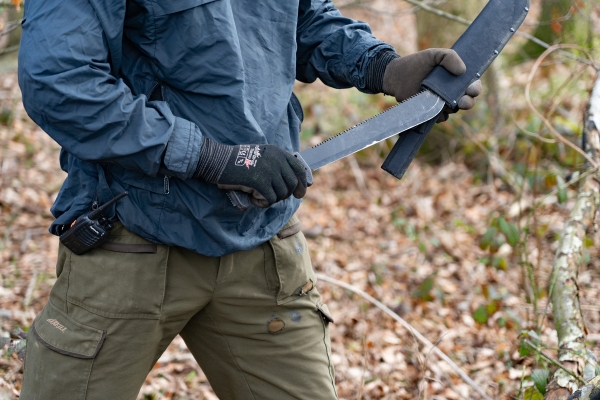
New legislation on zombie-style knives and machetes: what you need to know
Zombie-style knives and machetes will be added to the list of prohibited weapons under The Criminal Justice Act 1988 (Offensive Weapons) Order.
Get information on the legal shooting season for mammals and birds in the UK.
Apply for funding for your project or make a donation today
Comprehensive information and advice from our specialist firearms team.
Everything you need to know about shotgun, rifle and airgun ammunition.
Find our up-to-date information, advice and links to government resources.
Everything you need to know on firearms law and licensing.
All the latest news and advice on general licences and how they affect you.
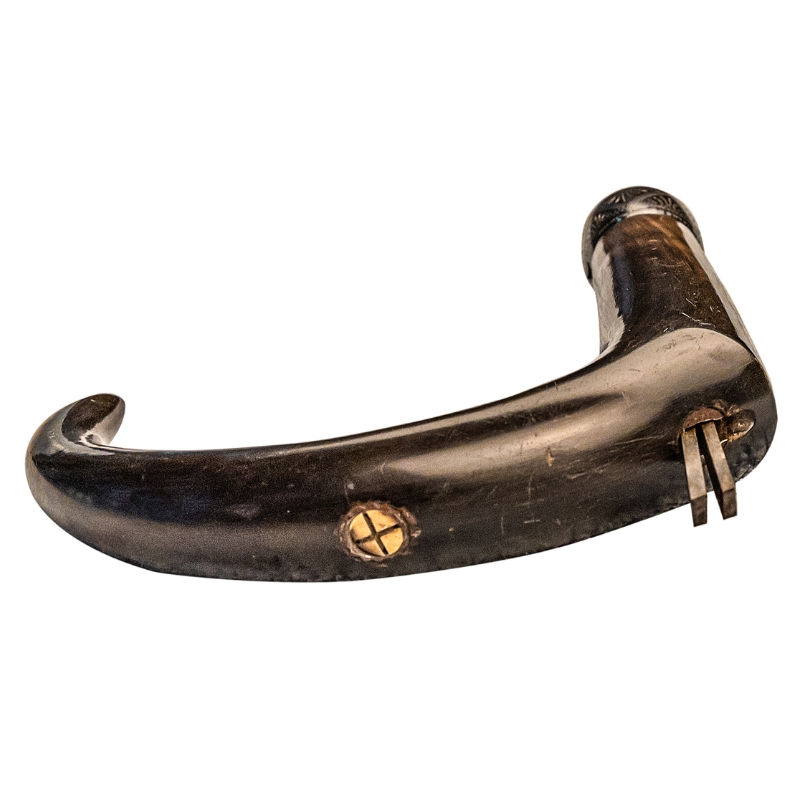

BASC’s director of firearms and Antiques Roadshow arms and militaria expert Bill Harriman showcases an interesting curiosity from his personal collection.
Walking stick guns have been around since the 1580s but they really blossomed in the 19th Century with the invention of the percussion cap and then later, the self-contained metallic cartridge. Most cartridge types are built on the twist-and-pull action patented by the splendidly named Celestin DuMonthier in 1875. Turning the handle through 45 degrees and pulling it to the rear extracted the empty case and exposed the chamber for loading. Once a cartridge was inserted, the handle was turned and pushed forward at the same time to lock the breech and cock the action. Pressure on the trigger – folding, fixed or button type – fired the gun. The DuMonthier became the industry standard for walking stick guns, with a variety of sizes on offer from a piddly little 7mm calibre to a 20 bore that looked like a drainpipe.
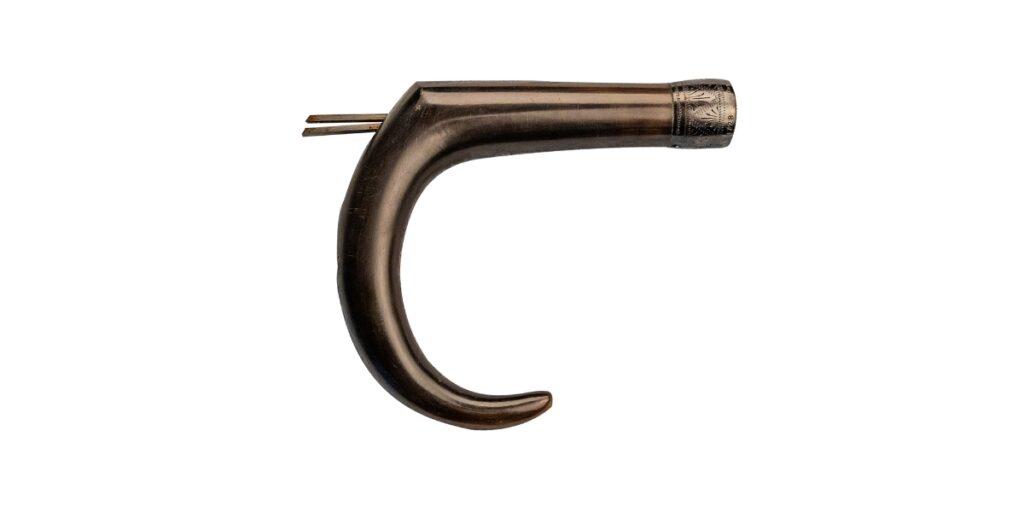
The Dumonthier was quite complicated to build, which led to the development of other actions which were cheaper and thus more competitive. One of these was the French Etoile which was marketed through La Manufacture Francaise d’Armes de St Etienne, located in the Loire region.
During the Middle Ages, the town was well known for producing swords and cutlery, doubtless due to water power and plentiful local coal. By the mid-17th century St Etienne was supplying weapons to the government and in 1665, a royal depot was set up in Paris to receive and store them. A hundred years later a state armoury was established, known simply as MAS (Manufacture d’Armes de St Etienne).
During the 19th Century a massive modern factory replaced the older, pre-industrial one. In 2001, MAS was absorbed by the Nexter Group, bringing some 237 years of government ownership to an end. During that time, MAS produced everything from flintlock muskets to the most up-to-date FAMAS assault rifle.
Returning to the Etoile, its design is simplicity itself. Its steel barrel is lacquered brown and made with a series of steps to resemble Malacca cane. The muzzle end is sealed with a nickel silver tompion fitted with two spring steel rods terminating in pointed hooks.
The breech has a simple male screw thread. This engages with a female thread cut into a blued steel ferrule at the bottom of the black buffalo horn crook handle. Now for the clever part; the handle contains a striker driven by a powerful spring. That in turn is attached to a cocking piece, the lower section of which is a combined trigger bar and sear. The cocking piece is pierced with a small hole and the whole mechanism sits flush with the back of the crook. Its presence only becomes noticeable on close inspection.
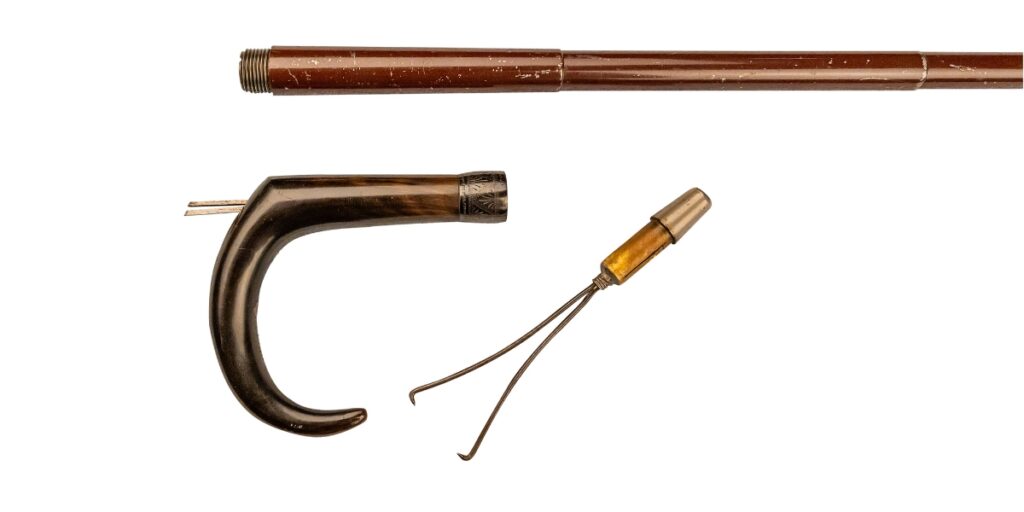
To use the Etoile, the handle is unscrewed, and the barrel put down somewhere convenient. Then, one of the hooks from the tompion is inserted into the hole in the cocking piece which is then pulled to the rear against the pressure of the mainspring. When the sear engages, the cocking piece sticks out from the back of the grip. A cartridge is then loaded into the chamber and the handle screwed back on. The walking stick gun is now ready to fire. Supporting the barrel with one hand while the other grips the crook like a pistol, puts the thumb of the crook hand in a position that it can exert pressure on the trigger bar. Steady upward pressure trips the sear and allows the striker to run forwards and detonate the primer to fire the cartridge. Once the breech is unscrewed, the two wire prongs on the tompion can be used to extract the empty case.
I said the system was simple, but it is a bit of a faff and not something you can do quickly. However, rapidity of fire was never an issue for walking stick guns. Also, trying to cock the action when the gun is loaded is potentially dangerous as any slip will probably cause a negligent discharge.
The Etoile could be chambered for standard 12, 16 or 20 bore cartridges as well as 9mm rimfire. Two further specialised cartridges – 12 and 14mm centrefire – were also offered. The 14mm is the equivalent of the obsolete 32 bore cartridge while the 12mm is probably what is often described as the 11.15mm walking stick cartridge. There was also a clip-on skeleton stock available and a vicious-looking screw-in sword blade that converted it to a convenient sword stick.
I have no idea who invented the Etoile and contemporary literature gives no clues. Certainly if it was protected by a patent (brevete in French) you would expect that to be front and centre in any advertising, as well as on the gun itself.
I examined my own 14mm Etoile minutely but found nothing other than the maker, name and calibre stamped on the breech ferrule. Funnily enough, there were no proof marks either. I scanned the barrel under different lights in case they had been obscured by the lacquer. Without a patent, dating becomes problematic. However, there is a wonderful reproduction of the St Etienne catalogue for June 1894 which has six pages devoted to the Etoile. Based on that, I surmise that it is a product of the 1880s or early 1890s.
Leafing through the St Etienne catalogue, I was staggered by the huge range of sporting requisites on offer. Everything you could ever want for la chasse and la peche was there, as well as some really useful nature notes and studies of shooting dog breeds.
The town of St Etienne was also known for its production of ribbons, passementerie and, particularly, bicycles. Unsurprisingly, the catalogue has a large section on cycling which depicts rather morose-looking Frenchmen in schoolboy caps and knickerbockers pedalling patent velocipedes.
I enjoyed the selection of knuckle dusters, one of which could be had with a detachable dagger. What really lit my fire was a 12mm revolver-carbine for garde-chasses. I bet any keeper armed with that had no problem with le poaching!
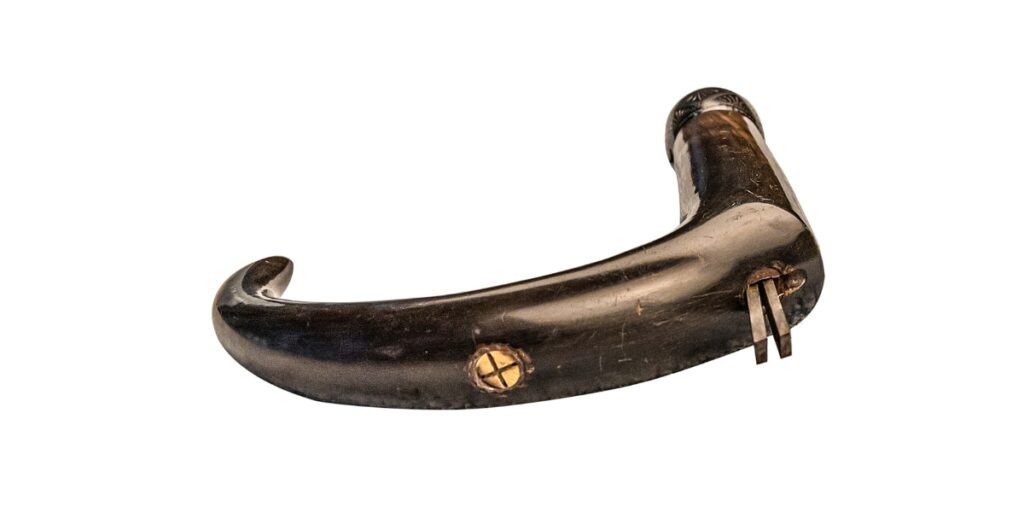
In law, walking stick guns are considered to be prohibited weapons as they are firearms disguised as other objects. However, there are two savings which allow them to be acquired lawfully by people who don’t have the Home Secretary’s authority to possess prohibited weapons.
Firstly, if one satisfies the criteria of the Antique Firearms Regulations 2021, and it is kept as a curiosity or ornament, then the provisions of the Firearms Act 1968 don’t apply. In the case of my Etoile, we can be certain that it was made before 1 September 1939. Also, the 14mm cartridge is the same as the 32 bore cartridge which appears in Section 5 of the Schedule attached to the Regulations. Consequently, I can possess it as an antique.
There is also a derogation for non-antique walking stick guns. It is possible to have a special condition added to a shotgun certificate allowing possession of a walking stick gun either by a collector of such firearms or as part of a collection of walking sticks. If you fancy one of these, apply to your local police firearms licensing unit. You will need to provide some evidence that you are a collector of walking sticks or walking stick guns. Once you have done that, then it is up to the police to prove that you are not, if they are minded to refuse.
The Etoile walking stick shotgun is another take on the ages-old idea of combining a firearm with a walking cane. It is mechanically simple but fiddly to operate which probably explains why it never seems to have been very successful commercially. Nonetheless, it is an interesting combination firearm that has given me a window into hunting in Belle Epoque France.


Zombie-style knives and machetes will be added to the list of prohibited weapons under The Criminal Justice Act 1988 (Offensive Weapons) Order.

BASC recently hosted ten firearms enquiry officers from Police Scotland as part of an ongoing commitment to provide training support for the force.

BASC has called for an urgent meeting with the Policing Minister following the Home Office’s announcement of plans to increase firearms licensing fees.
Sign up to our weekly newsletter and get all the latest updates straight to your inbox.
© 2025 British Association for Shooting and Conservation. Registered Office: Marford Mill, Rossett, Wrexham, LL12 0HL – Registered Society No: 28488R. BASC is a trading name of the British Association for Shooting and Conservation Limited which is authorised and regulated by the Financial Conduct Authority (FCA) under firm reference number 311937.
BASC Direct Ltd is an Introducer Appointed Representative of Agria Pet Insurance Ltd who administer the insurance and is authorised and regulated by the Financial Conduct Authority, Financial Services Register Number 496160. Agria Pet Insurance is registered and incorporated in England and Wales with registered number 04258783. Registered office: First Floor, Blue Leanie, Walton Street, Aylesbury, Buckinghamshire, HP21 7QW. Agria insurance policies are underwritten by Agria Försäkring.
If you have any questions or complaints about your BASC membership insurance cover, please email us. More information about resolving complaints can be found on the FCA website or on the EU ODR platform.